Interview Miguel Llona
Images Mlkk Studio
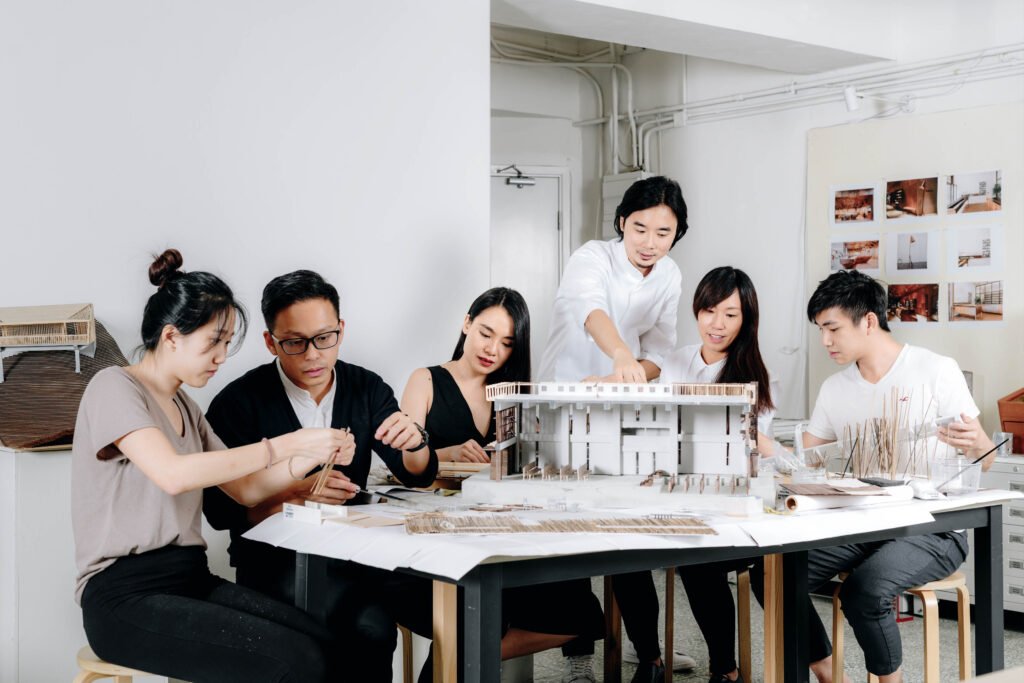

Nice to have you over at Kanto! We first caught up with your studio when you won one of the World Architecture Festival’s plum category prizes (Future Projects – Education) in last year’s edition for the Myanmar Music School. Let’s now talk about your practice’s beginnings. When was it formed, and what drove the studio’s partners to come together and form Mlkk?
Mlkk Studio: We all met while studying Architecture in Hong Kong and we’ve been friends since then. Mavis (Yip Ho Kwan) and Kian (Yam Hiu Lan) headed to the US for their Master’s Degree at MIT, while Kwan (Li Kwan Ho) continued his studies in Hong Kong. After graduation, we traveled and gained exposure around the world until we went back to Hong Kong in 2013. We share the same vision that we could put our professional skills into action on social issues, and we spent around two years working together on various small projects. It was in 2016 when the studio officially launched as we began the Build A Music School project for a hill tribe community in Myanmar.
What is the story behind your firm’s name? What does Mlkk stand for, and what do you want people to associate it with when they hear of that name?
“Mlkk” is the English acronym that represents our initials. It is our studio’s Chinese name, “和 (woh,),” that resonates with our work and ideology. “和 (woh)” is an everyday word with a complex nature. Putting the word in different contexts could mean collaborating, mindfulness, peace, and balance. We found that this simple yet complex word is a powerful description of how we approach architectural design—a process that transcends complex issues and tensions, into a simple and meaningful device that contributes to the social, cultural, and environmental aspects of the human habitat.
One of your visions as a firm is “to participate in the redefinition of architectural responses to present and future problems of the human habitat.” What were the usual architectural responses that you wanted to redefine, and how did you plan to redefine them?
When we talk about architects, they are often regarded as the professionals who lay out the grand vision and master plan behind the scene, who know and have complete control of everything. The authoritative aspect of the profession is often true, given they are the ones who always start the first stroke in the design process and make numerous decisions throughout the rest of the process. And this top-down approach, meaning decisions are made from the top of the hierarchy, is a very efficient and usual architectural response to many of our spatial problems.
Contemporary society is getting more complex, however, and a city does not only respond to architectural or spatial issues. We are paying more attention and weighing more heavily on the stakeholder’s opinions and participation. Cross-disciplinary understanding and valuable feedback are often gathered from the public and the users, and this bottom-up approach redefines the typical architectural response.
When we say we are participating in this progress of redefinition, we are not against architects applying their knowledge, nor against firms utilizing their experiences and technology to help shape the design. In fact, these are the very qualities that define architecture as a profession. For us, we believe there is a significant and unique quality to a project when we include the stakeholders in the process. It can lead us to meaningful and humanistic design solutions that address more than architectural problems but also cultural, community, and environmental issues.
In connection with the last question, what are the present and future problems you’ve identified that you hope your architecture could address?
To quickly name a few critical architectural topics that are being discussed in the industry—affordable sustainability design solutions, net-zero carbon footprint design, and technology, humanitarian relief design against extreme weather, etc. These are the big topics involving building technology advancement, material science research, and law establishment, often led by institutional and governmental efforts.
Our practices concerning how these topics are being tackled and carried out in reality for the well-being of individuals. In a recent evaluation, 70% of the world’s building construction is composed of small household buildings. It is challenging for institutions and governments to reach out to all these small constructions and resolve their problems based on their conditions. The usual top-down approach might naturally hinder itself from working on each case, particularly on local, social, community engagement, and cultural issues. For example, it requires field research, empathy with the locals, and empowerment of co-creation among the community for each different scenario. These issues demand a more humanistic design process rather than an authoritative top-down design approach.
In this regard, our studio finds itself useful in filling in these missing spectrums. Through a humanistic and bottom-up design process, we aim to address the universally identified problems for the present and future.


What are your main goals as an architecture firm? Do you believe that architecture can play a major role in introducing positive change to society?
Architecture and society are interdependent. Architecture defines the habitats and helps shape the behavior of the community who live in it. Over time, community forms culture and values and shapes our society. On the other hand, architects continuously remove, retain, modify, and adjust our habitats as influenced by the culture and values they inherit and believe. Because of this, we think architecture, if done right, plays a vital role in introducing positive change to society. This aligns with our studio’s goal of bringing positive change to society through cultural, environmental, and social architectural design.
How many staff does your firm have? Do you have plans to grow and expand as a firm in the future, or are you content to maintain your current office setup? If it’s the latter, why?
Our studio has around a dozen designers and architects. While we have a set team that takes care of the commercial projects, we are deliberately malleable on the team sizes for our environmental and socially-oriented projects. The reason behind this is that these projects should be cross-disciplinary, not just architectural, to have a real impact. We would need to have interdisciplinary insights from the different expert areas.
Most of the impactful design decisions are made during the workshop with these cross-discipline collaborators and the stakeholders. For example, in BAMS (Build A Music School), our early team comprises architects, structural and foundation engineers, and building service engineers. It was when we brought Burmese educators, musicians, and even bamboo farmers into the team that the discussion was transformed and elevated. For us, we see studio expansion as a way to engage more collaborators smoothly and effectively and, ultimately, expand the project’s impact.
What is the organizational hierarchy of your firm, and what is the working dynamic between the partners and the team? Is the team given freedom when it comes to formulating ideas, and is there a culture of collaboration between everyone
We have a straightforward structure: partners and the team. At the beginning of each project, we will have several charette sessions in which everyone is free to bring in any ideas or inspirations relating to the project. We will formulate and discuss during these sessions to decide on the design directions to move forward.
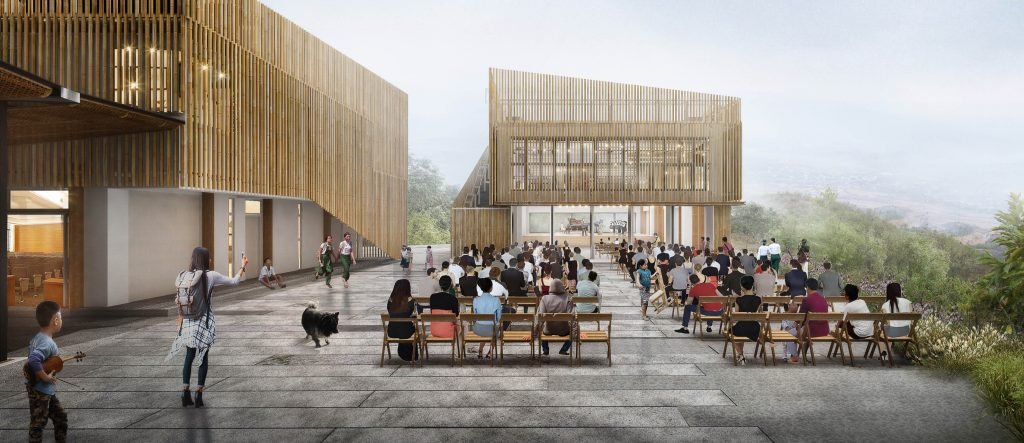


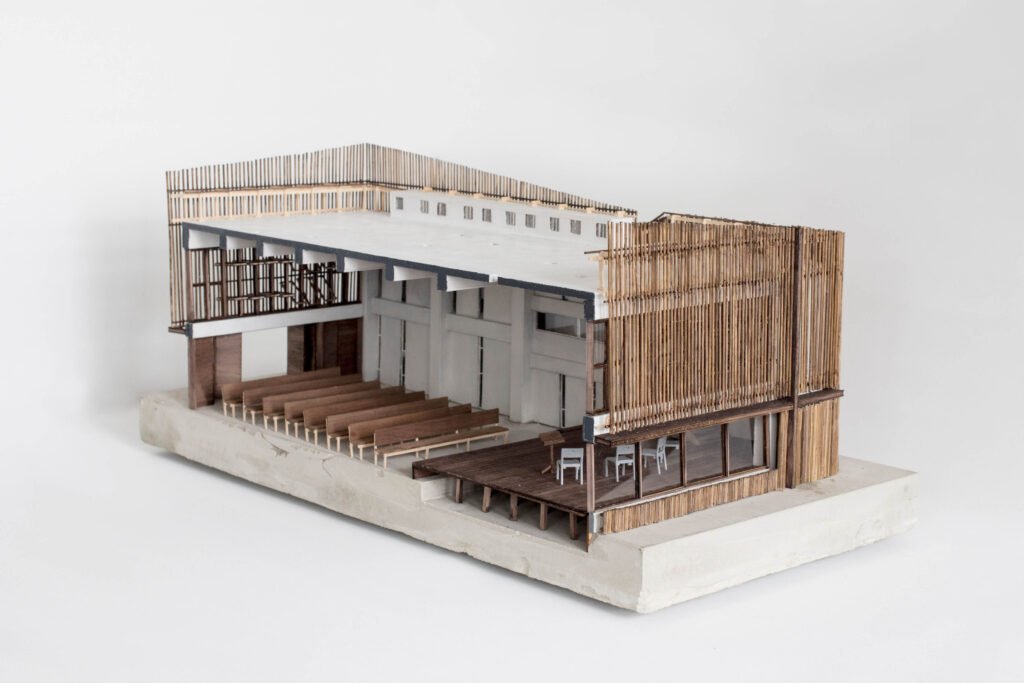

Please describe what an Mlkk architect is. What are the values that you prioritize and instill in each of your architects and team members?
One winter, while we were in Myanmar for our early field studies, the local leaders said we were not how they imagined a typical architect would be. We were hands-on and down-to-earth, and they did not feel pressure talking to us. Looking back on all these trips, we remember how we carried out many planning and workshop sessions with the locals. But equally enjoyable are the good memories of helping in some of their summer camps, soccer sessions, touring around villages, and playing Christmas carols. We enjoyed these first-hand experiences with our clients and collaborators, and the design is the outcome of the collaboration among our team, different disciplines, and the communities.
These stories can best describe who we are. But probably, Mlkk Studio is a group of passionate designers who are empathetic, resilient, adventurous, creative, and constantly innovating architectural solutions for various problems. All these characters share the same aspiration of bringing positive changes to the world.
Please share what your design philosophy is. How did you formulate this philosophy? What were the factors that influenced it?
We always discuss among ourselves what philosophical belief is driving the way we work and upkeeping us on the environmental and humanistic approach. It comes down to a shared understanding of the architectural design process, which is not linear but constantly juggles various tensions.
Taking the Music School project as an example, with the same resource, we could have built a school in the town of Keng Tung, but instead, we decided to make it on the off-grid mountain ridge. Though it might have to trade off some time and efficiency, situating the campus on the mountain offers a more significant long-term impact on the hill tribe community. When the designers dig deep enough into the site and look deep enough at the real needs of the stakeholders, these tensions and trade-offs are almost inevitable.
How we decide what to trade off and what to insist on is the key to the design process, and the ultimate goal is to find a meaningful and humanistic solution to establish balance and harmony after all the juggles. By developing empathy with the stakeholders and engaging them in our design process, we can come up with appropriate architectural design responses. Sometimes we find no better way to summarize such thoughts than our studio’s Chinese name, “和建築”.
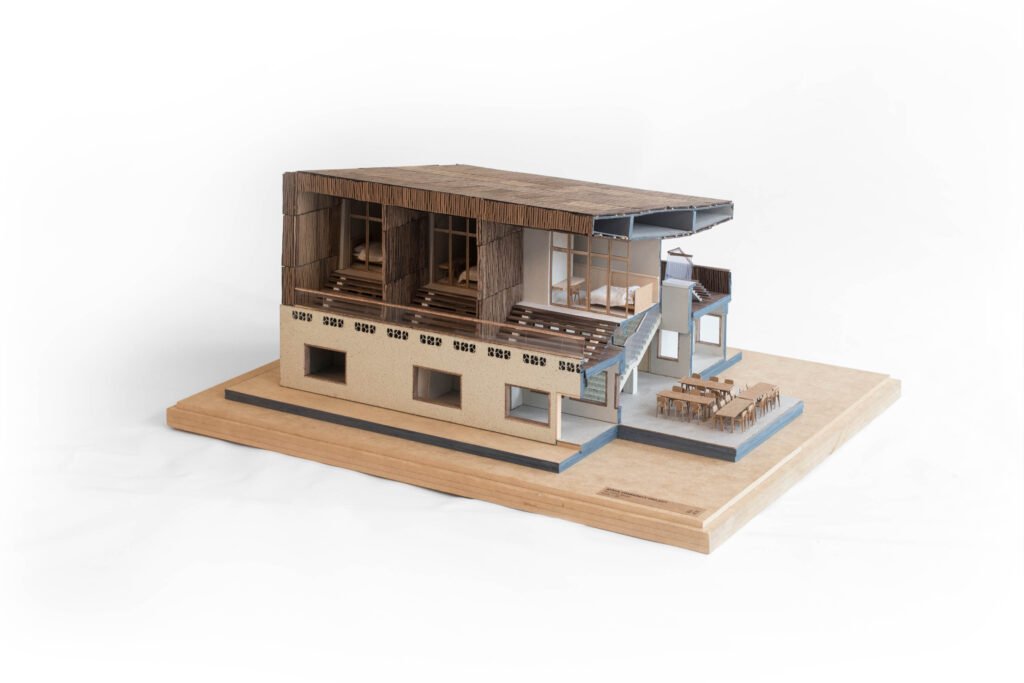

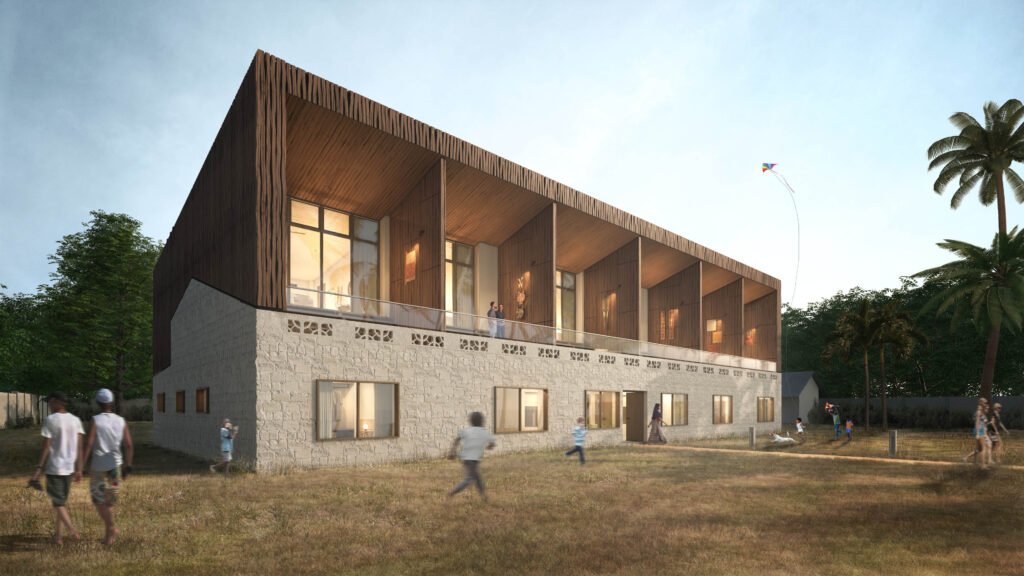

What can people expect from all of your designed projects? What are the qualities that you strive for every project of yours to have, which would make you proud to call it your own?
For the design expression itself – we are pretty fundamental. We care deeply about the basics of architecture – the beauty, form, space, material, lights, what people touch, and how people feel, move and interact. No concept could be powerful if any of these basic qualities were dismissed.
People often describe our design as a space they could “resonate” or have a “connection” with, not only to community or culture but also to individuals. The main reason is the design and concept are seldom our imposed vision; they are usually “inspired” narratives derived from the context, the individuals involved, and the environment. That is probably why people could often find relevance on a personal level in our projects.
Sustainability is an important aspect of your work, something that you focus on. Why the focus on sustainability? Are there any societal, cultural, or economic factors that influenced this focus on sustainability? What is your definition of sustainability, and how does this personal definition inform your work?
Environment, culture, and economy are the three common pillars when people speak about sustainability.
Regarding architecture sustainability, it is easy to relate only to green buildings and smart materials, but architecture is not just about the built envelope and its functionality. We often notice a missing discussion on the other two aspects, in which architecture should be in a good position to address the cultural and economic concerns.
To elaborate on some of our project examples, our Kenya hospitality and community project enables employment opportunities, the Myanmar School project breaks the hill tribe property cycle, and Harbour City retail project revives lost craftsmanship.
Sustainable development means development that meets the needs of the present without compromising the ability of future generations to meet their own needs. Our studio resonates with this belief and therefore has been making extra effort to create projects with a meaningful impact on environmental, social, and economic sustainability.
As an architecture firm that focuses on sustainability, are you at that point where you choose certain projects you want to take on? If yes, what are the factors that you consider in choosing a project?
We generally enjoy working on challenging projects with complex issues and uncharted areas. Investigating and finding unique and unconventional takes on these projects is a fun thing to do for us. •
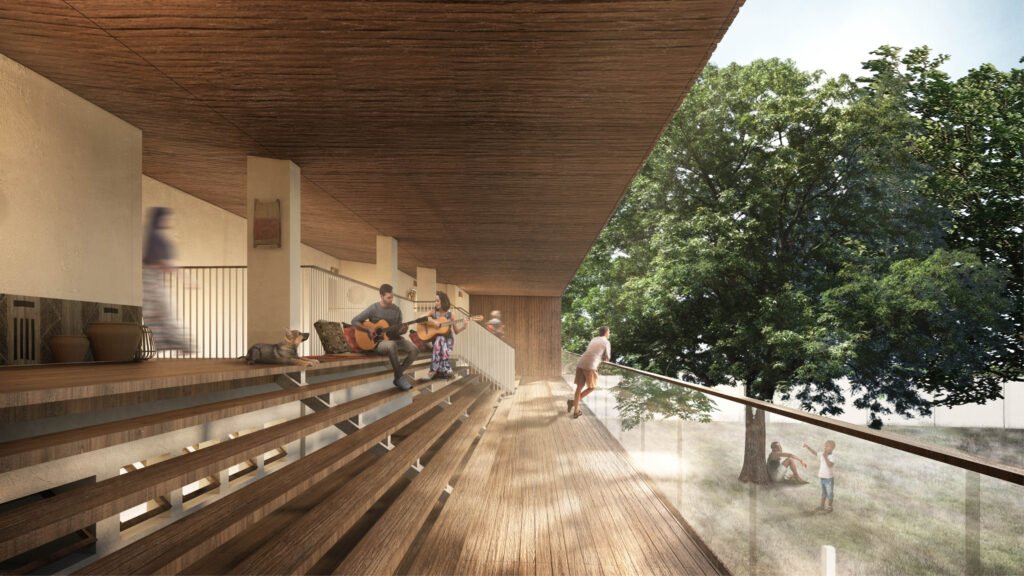

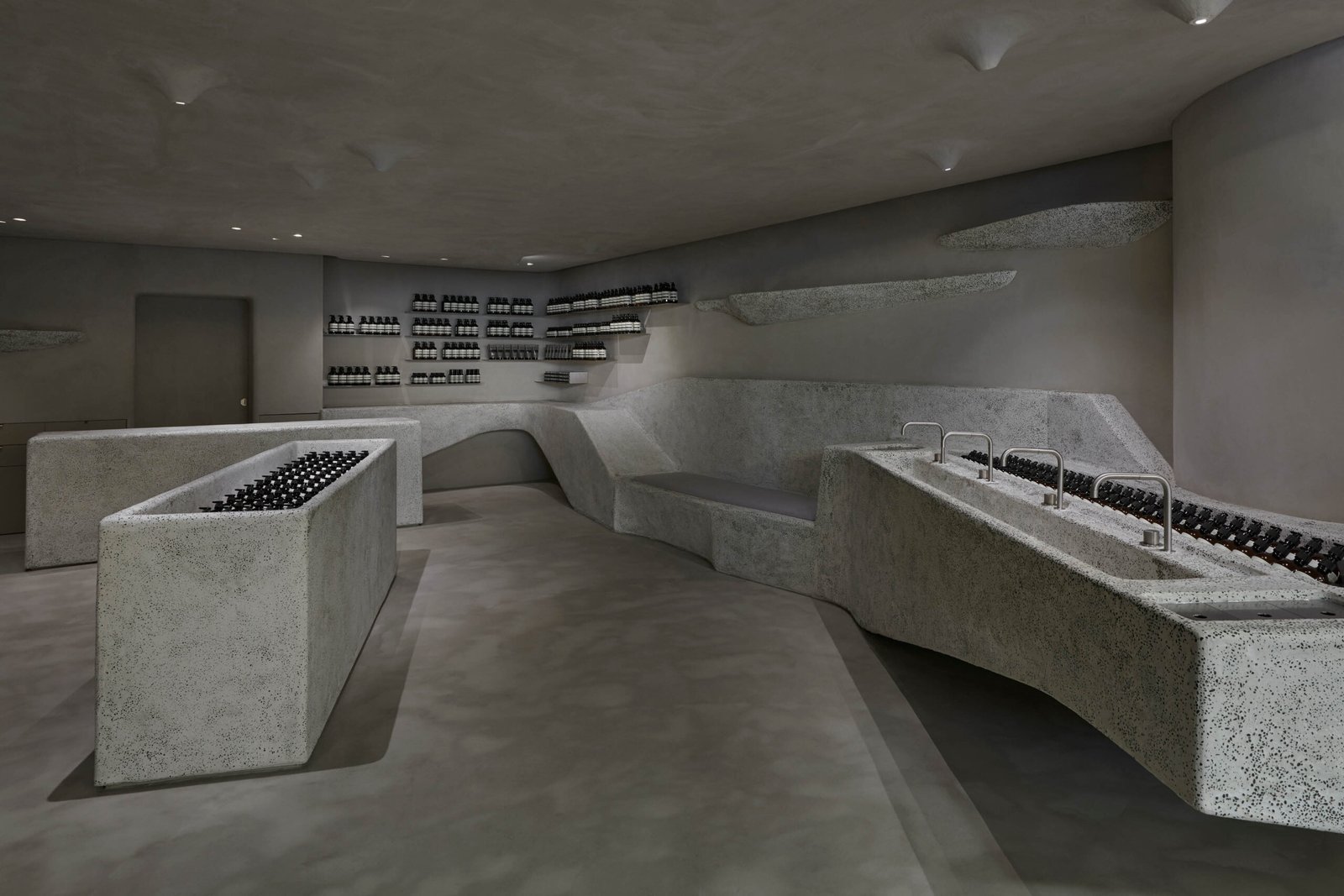

One Response